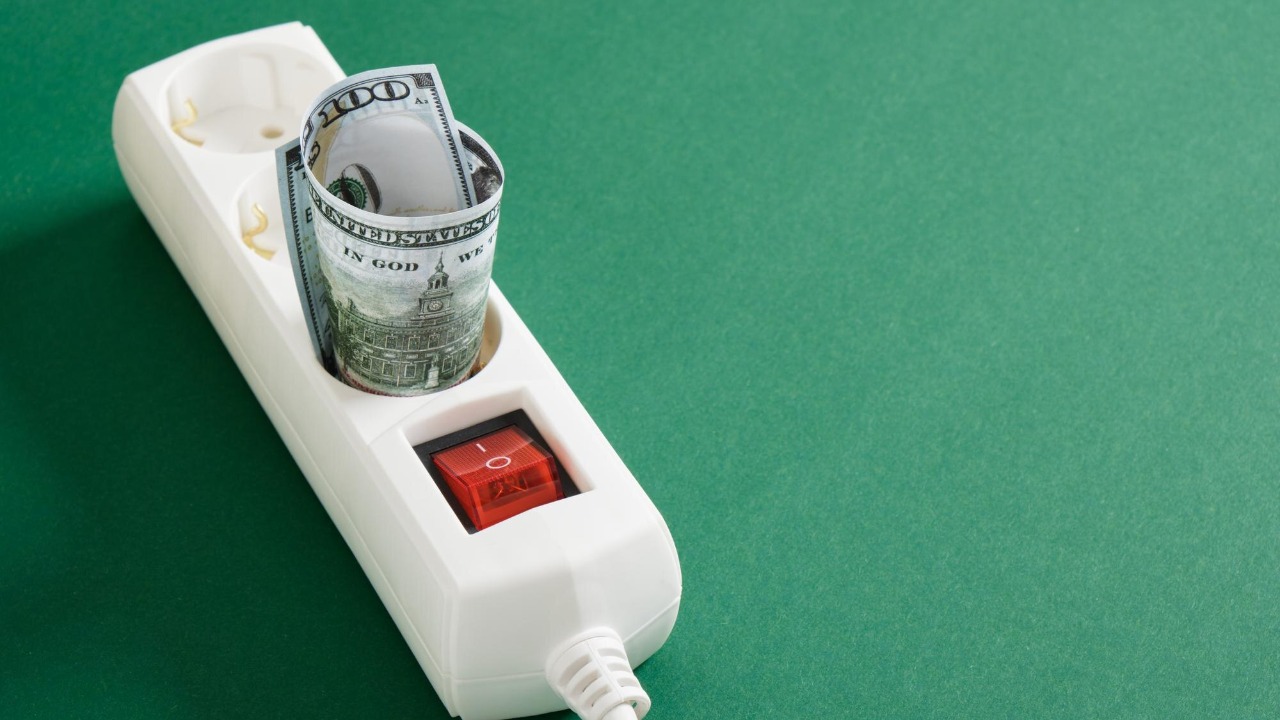
Unplugging certain household appliances can lead to significant savings on electricity bills, potentially over $100 annually, by eliminating standby power consumption, a phenomenon known as vampire energy. This energy drain affects devices even when they are turned off, as evidenced by one homeowner who reported saving exactly $100 on their bill after targeting specific devices. This approach is particularly effective amid rising energy costs, with multiple reports confirming reductions through simple unplugging habits. Yahoo Lifestyle and CNET highlight these real-world impacts, demonstrating the tangible benefits of this practice.
Understanding Standby Power and Its Costs
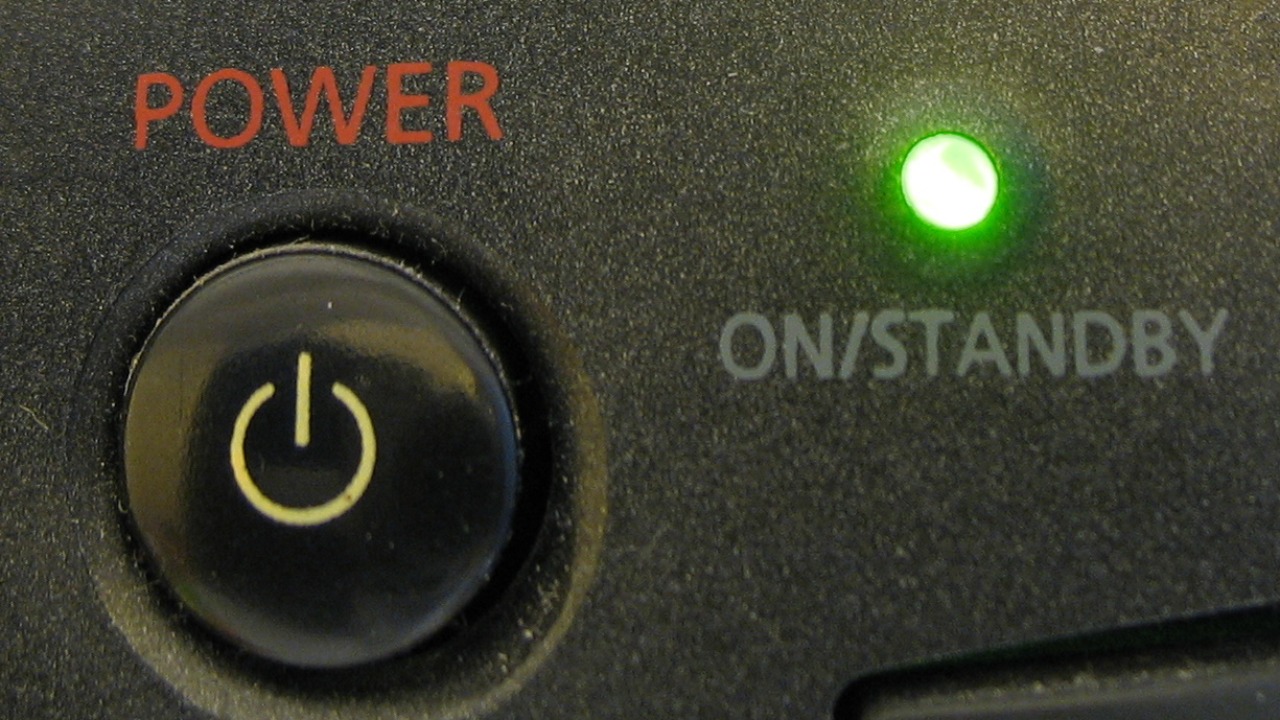
Standby power, often referred to as vampire power, is the electricity consumed by appliances when they are in idle mode. This phenomenon can contribute up to 10% of a household’s energy use, according to Bob Vila. The average annual cost of this wasted energy can be significant, with common household devices drawing power even when not actively in use. By unplugging these devices, homeowners can interrupt this energy drain, leading to noticeable savings without the need for advanced tools. For instance, measuring the wattage of devices like televisions and microwaves can illustrate potential savings.
Regional variations in electricity rates further amplify these savings. In the U.S., average electricity costs can push the savings from unplugging past the $100 threshold. This is particularly relevant in areas with higher energy prices, where the financial benefits of unplugging are even more pronounced. Yahoo Lifestyle reports that understanding these regional differences can help consumers maximize their savings.
Key Appliances That Consume Power When Off
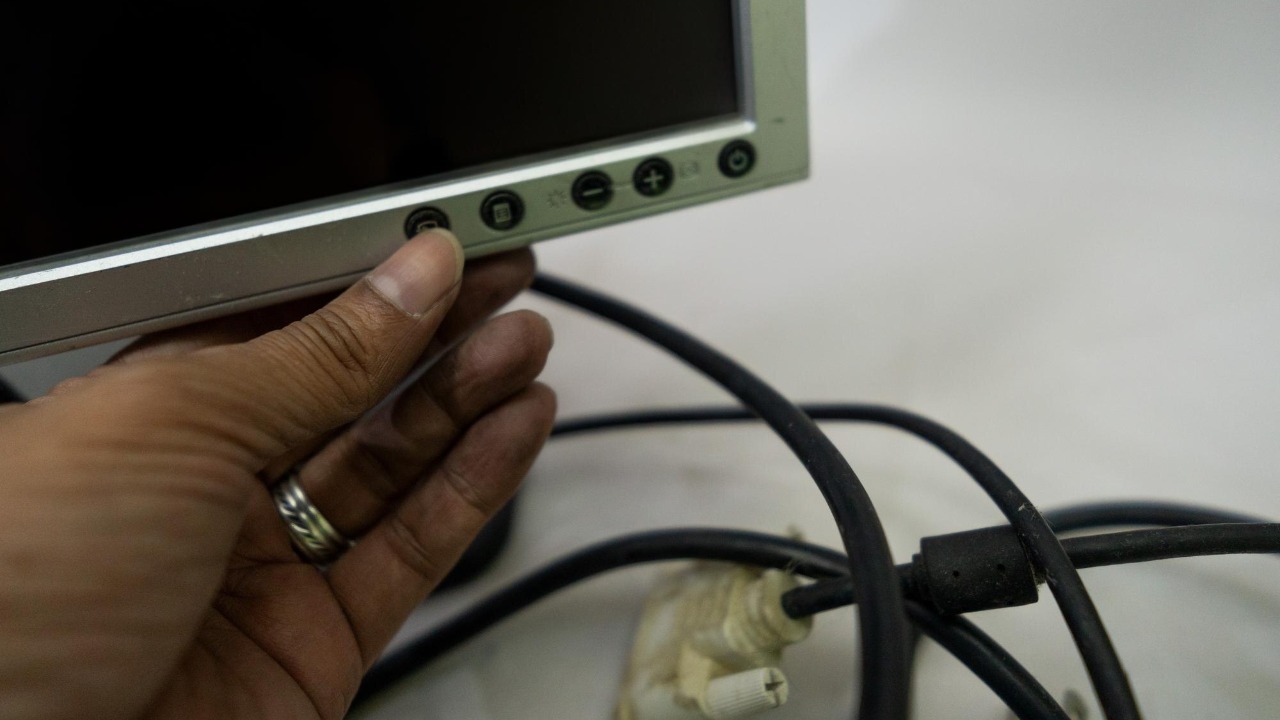
Televisions and entertainment systems are among the biggest culprits of standby power consumption. These devices can use between 5-10 watts in standby mode, potentially accumulating $20-50 annually if left plugged in. Tested models have shown that unplugging these systems can lead to substantial savings, as highlighted by CNET. Similarly, kitchen appliances like coffee makers and microwaves draw 1-5 watts each, which can add up in homes with multiple devices.
Chargers and small electronics, such as phone adapters, also contribute to vampire energy. These devices can pull 0.5-2 watts indefinitely, making them a significant source of unnecessary energy consumption. Identifying high-drain chargers through simple plug tests can help reduce this waste. ZDNet provides tips for recognizing and managing these energy drains effectively.
Strategies for Easy Unplugging in Daily Life
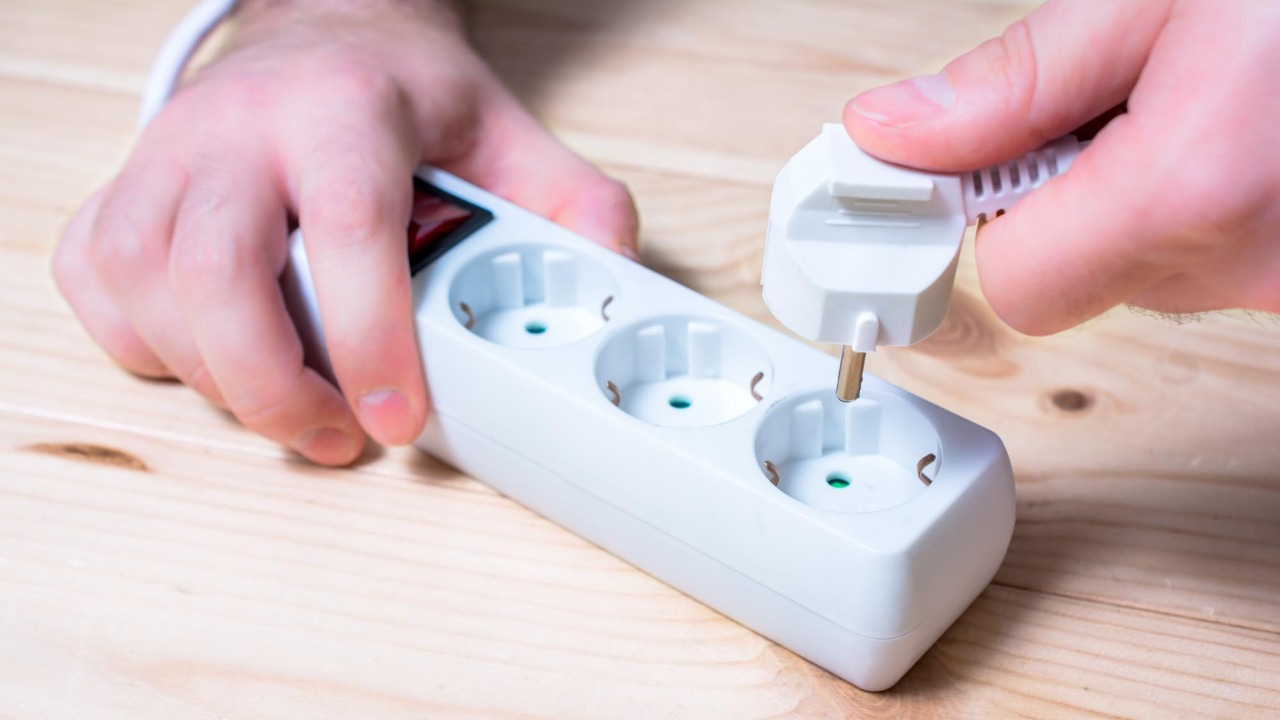
One effective strategy for reducing standby power is using power strips to group devices, such as those in home office setups. By flipping a single switch, multiple standby sources can be cut off, yielding savings of $30-60 annually. This method is recommended by Bob Vila, who emphasizes the simplicity and effectiveness of this approach.
In high-traffic areas, developing routines for unplugging devices like gaming consoles after use can lead to noticeable reductions in electricity bills. Real-user anecdotes, as reported by Yahoo Lifestyle, highlight the impact of these habits, with some users observing significant drops in their bills after just a month.
For those with smart home integrations, timers or apps can automate the equivalent of unplugging for always-on devices like routers. This automation can ensure that energy savings are maximized without requiring constant manual intervention. CNET discusses how these technologies can streamline energy management in modern homes.
Measuring and Maximizing Your Savings
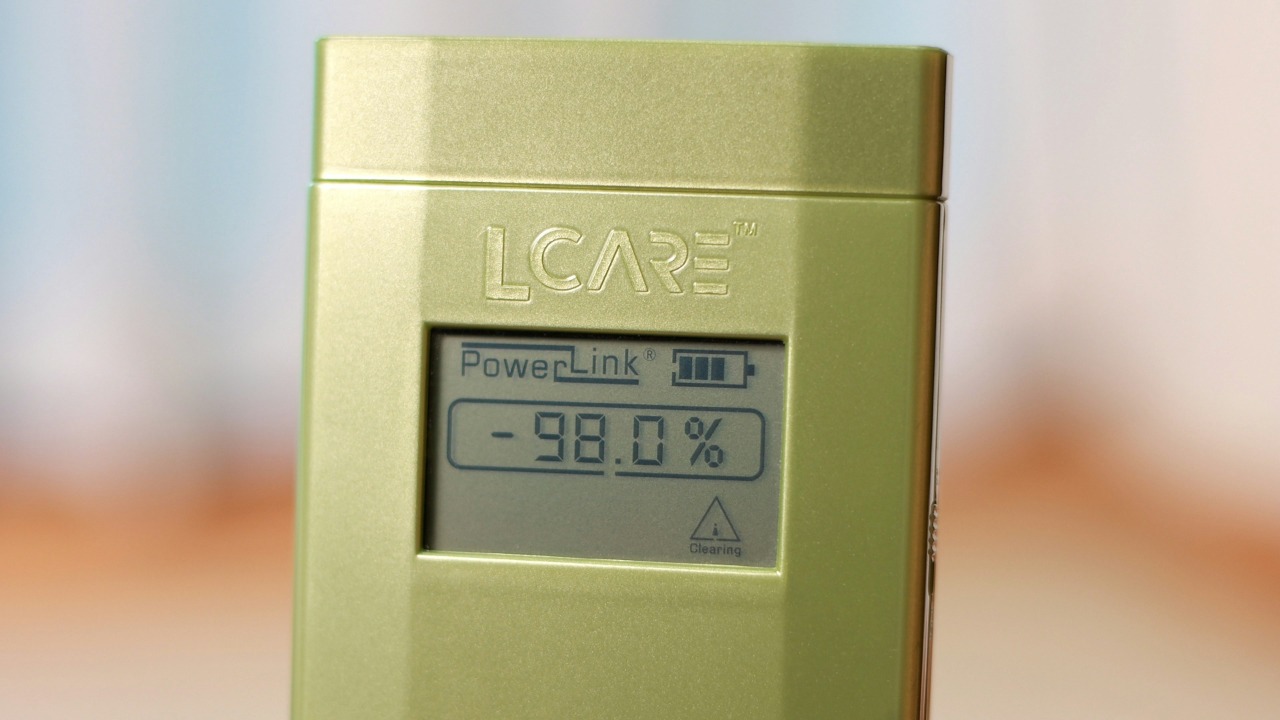
To track personal energy usage and confirm savings, affordable energy monitors can be used for before-and-after comparisons. These devices have helped users verify reductions of $100 or more, as noted by AOL. By providing concrete data, these tools empower consumers to make informed decisions about their energy consumption.
Seasonal adjustments, such as increased unplugging during summer months for air conditioner peripherals, can push savings beyond the baseline $100. This strategy is particularly effective in regions with high summer energy demands, as reported by ZDNet. By adapting unplugging habits to seasonal energy needs, households can optimize their savings year-round.
Beyond financial benefits, unplugging appliances also contributes to environmental sustainability by reducing overall household carbon footprints. This reduction in energy demand can have a positive impact on the environment, aligning with broader efforts to decrease carbon emissions. Bob Vila emphasizes the long-term environmental benefits of adopting these unplugging habits.